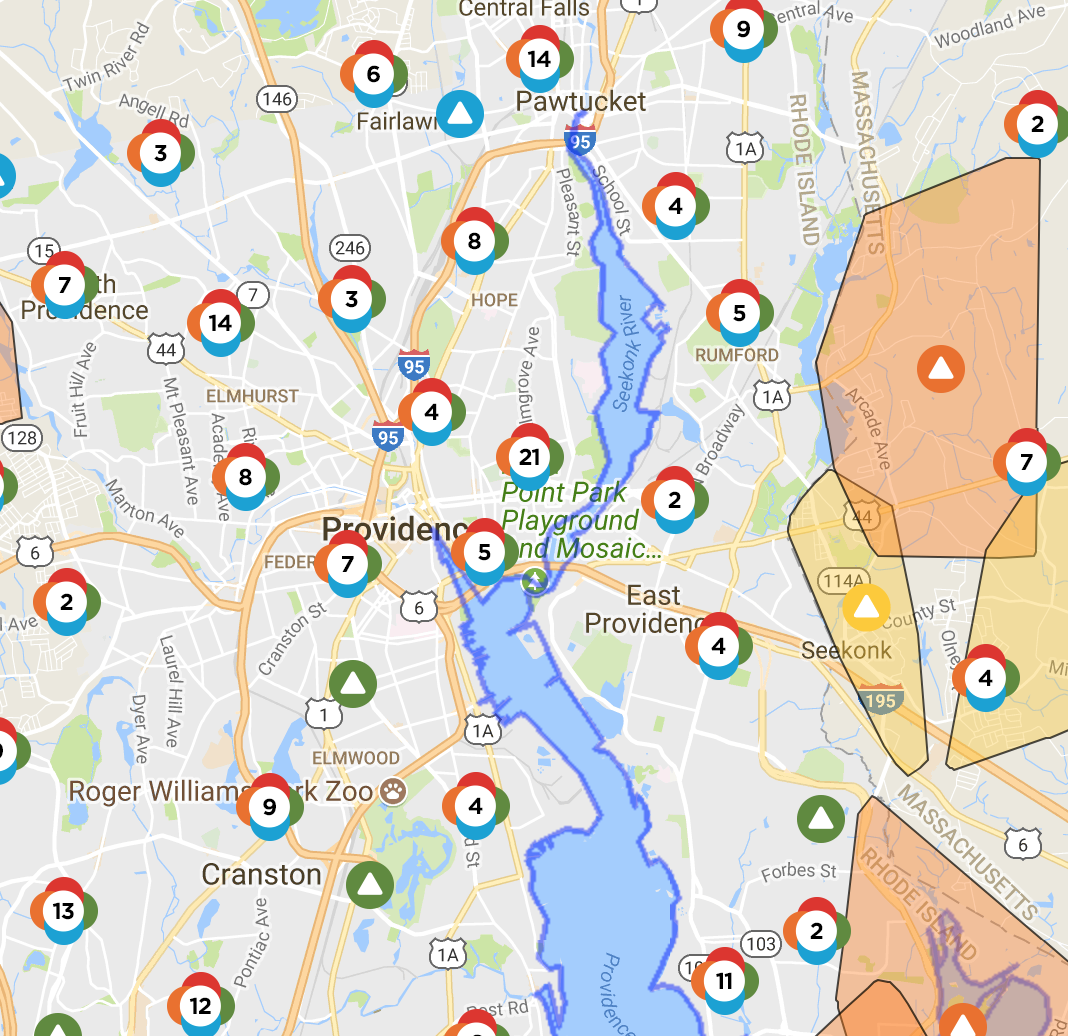

I know I will sound like a broken record but whether TSO, DNO or otherwise it is critical to get data visibility right. This comes across in depth across the new incentive proposals from National Grid and all the UK DNOs. It's clear that the discussion across National Grid, Ofgem and the Industry as a whole will continue to go on but regardless we will need a change across people, process and technology if we are to get the energy transition right. Mandating inertia or any of the other system variables rather than the required resilience level could lead to unnecessary costs for consumers. At each point in time the ESO can then optimise the system to deliver this resilience in the most cost-effective manner.

It is our view that the required level of system resilience should be mandated as this is what is important to society. Should there be a minimum requirement for the level of inertia held on the system? A new inertia monitoring service will give us world leading information on the dynamic characteristics of the system which will feed into the calculation of response and reserve.A 3 year Accelerate Loss of Mains Change Program which will reduce the volume of generation at risk of disconnection in response to a large loss has commenced.We are taking the first step in this inertia through our ‘pathfinder’ project on stability Investigation of a new set of frequency response products which could include a faster acting product.Continuing the reform of response and reserve products to ensure there are no unnecessary barriers to entry for new technologies.To achieve this aim, the ESO is working across the wider industry on several initiatives specific to the control and stability of frequency:
National grid outage free#
the ESO has committed to being able to operate the system carbon free by 2025.
National grid outage trial#
The next phase of the work this year to trial auctions close to real time will allow wind generators and increased volumes to participate. The current set of products and services available is fit for purpose for balancing today’s system. How will future ancillary services products/product design help mitigate such incidents in future? The answers are more forward looking than the forensic investigation of the event and give us a good insight into where the UK Grid goes in the future. There is also the expected integration questions raised of how TSOs, DNOs and Train Operators(!) best interact with each other - questions that will get more important as we electrify heat and transport across the economy.įor me the most interesting section was Appendix M, questions from Energy Emergencies Executive Committee (E3C). National Grid's final power outage report was out at 10am this morning. Seems clear why Hornsea (wind) tripped & it’s now been fixed though Little Barford (CCGT) investigation is still ongoing.


 0 kommentar(er)
0 kommentar(er)
